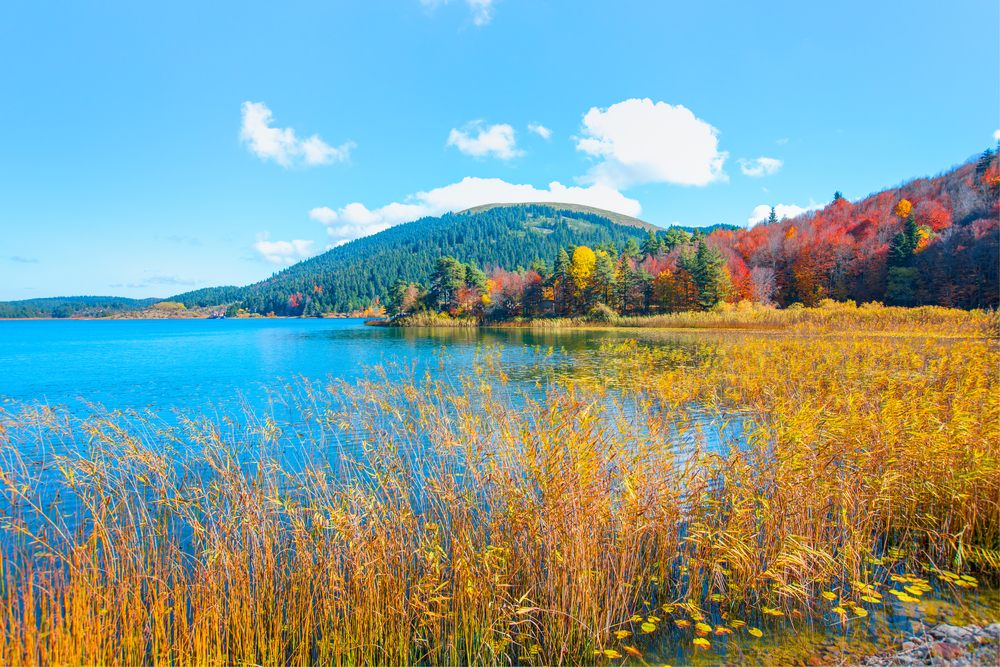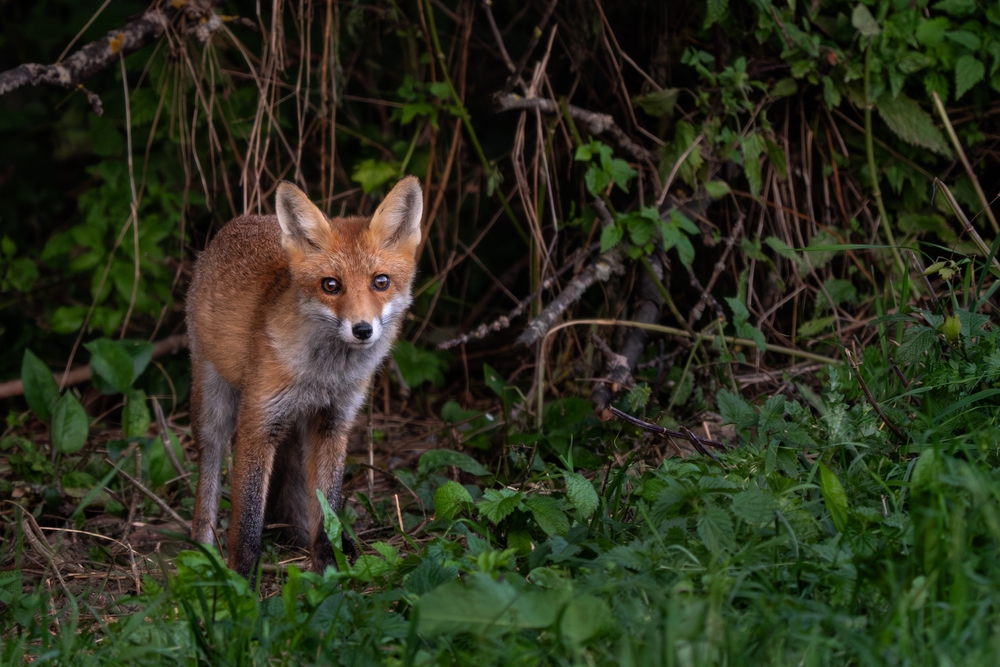Mount Sarıçalılık Overview
Mount Sarıçalılık National Park, known in Turkish as Sarıçalılık Dağı Milli Parkı, is located in the Marmara Region of northwestern Turkey, within the borders of Bilecik Province. The park spans an area of roughly 40 square miles (104 square kilometers) and centers around Mount Sarıçalılık, a prominent feature of the Sündiken Mountains.
This mountainous area marks the transition between the Marmara and Central Anatolian regions, giving the park a unique ecological character. The terrain includes rugged hills, deeply carved valleys, and expansive forested plateaus.
Mount Sarıçalılık itself, though not one of the highest peaks in Turkey, rises steeply and dominates the skyline with its heavily wooded slopes and scenic ridgelines. The park’s vegetation varies with elevation, featuring dense stands of black pine, fir, and oak at higher levels, while mixed forests and patches of shrubland appear in lower zones.
The biological richness of Mount Sarıçalılık National Park is shaped by its varied habitats, making it an important refuge for wildlife. Mammals such as wild boars, red foxes, roe deer, and martens are frequently spotted within the wooded areas.
Bird species are diverse, with the park hosting hawks, woodpeckers, Eurasian jays, and occasionally short-toed eagles. In spring and summer, the forests come alive with songbirds and butterflies, while amphibians and reptiles thrive near streams and shaded woodland pools. The ecological variety is further supported by the presence of several endemic plant species, especially among the highland meadows and clearings, contributing to the park’s botanical significance.
One of the park’s most attractive features is its untouched natural environment, which remains relatively unknown to mass tourism. This has allowed Mount Sarıçalılık to preserve a sense of remoteness and tranquility. Its scenic hiking trails wind through forested hills and across open ridges, offering panoramic views of the surrounding countryside.
In certain areas, visitors may come across natural springs, rock outcrops, and blooming wildflowers during the warmer months. Seasonal changes provide different experiences: lush greenery and vibrant colors in spring, golden foliage in autumn, and peaceful snow-covered trails in winter.
The park offers several ways for visitors to connect with its natural beauty. Hiking and trekking are the most popular activities, with trails suitable for a range of skill levels. Birdwatching and nature photography are also growing interests, particularly during migratory seasons.
Designated picnic areas and scenic overlooks give families and casual visitors easy access to the park’s serene environment. Though camping is not as developed here as in more widely known parks, it is possible in specific areas with proper preparation, offering a quiet alternative to more commercial destinations.
Conservation efforts in Mount Sarıçalılık National Park aim to protect its relatively pristine landscapes and biodiversity. Its low visitor volume has helped minimize human impact, but challenges such as illegal logging, unmanaged grazing, and the threat of forest fires still exist.
Local authorities, in cooperation with national environmental bodies, have emphasized preventive strategies, habitat monitoring, and community awareness programs. The park’s official designation has brought greater attention to its ecological value, paving the way for more structured conservation planning and potential eco-tourism development that respects its natural integrity.
Park Map
Mount Sarıçalılık National Park Highlights
Share your clicks with us
Related National Parks More Turkey

Dilek Peninsula–Büyük Menderes Delta National Park

Karagöl–Sahara National Park
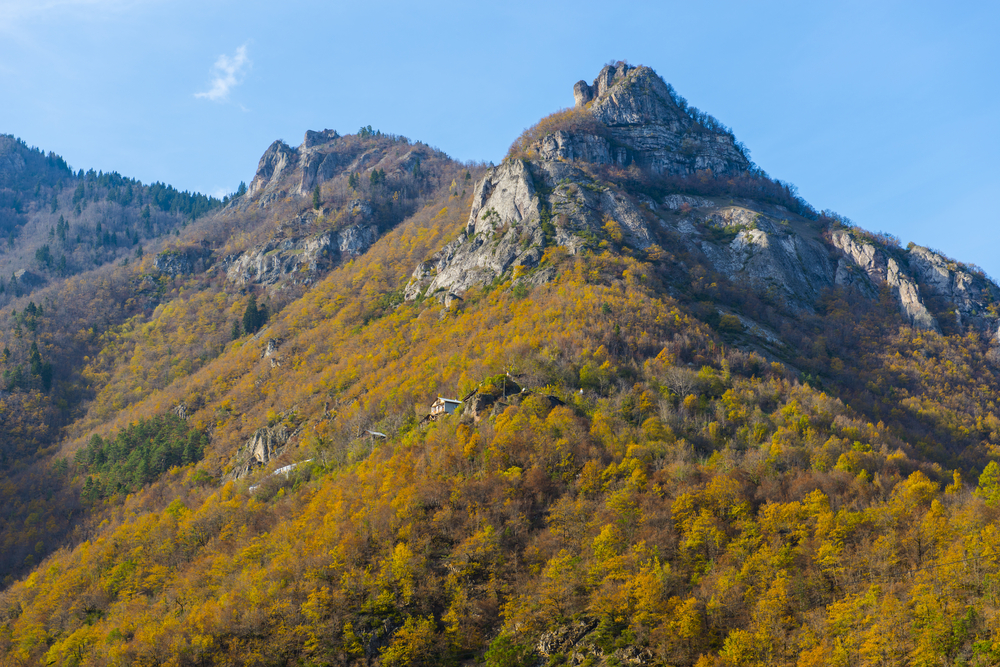
Hatila Valley National Park
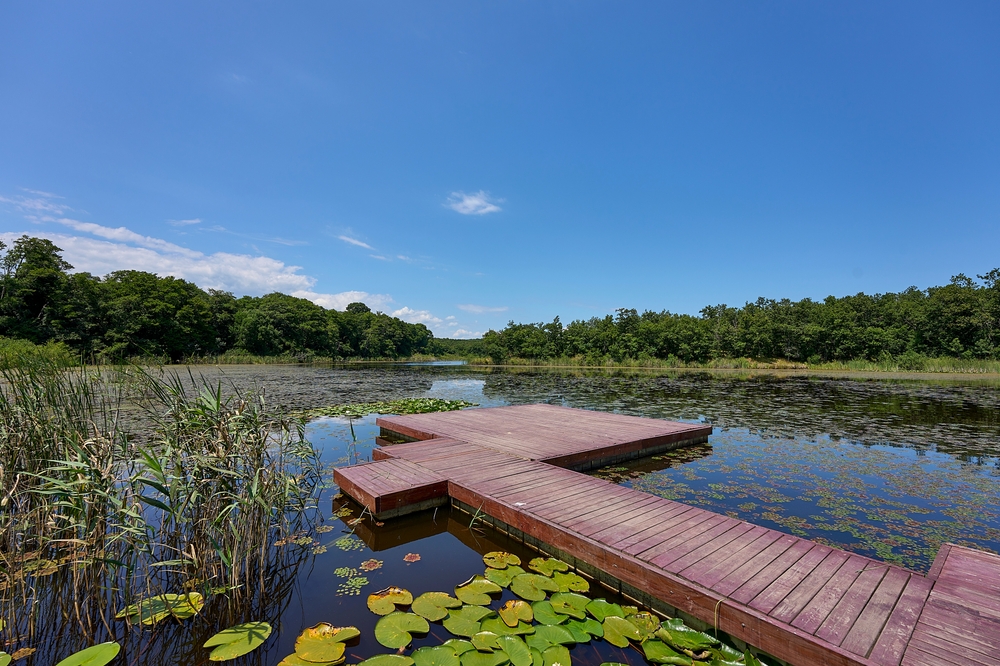
İğneada Floodplain Forests National Park
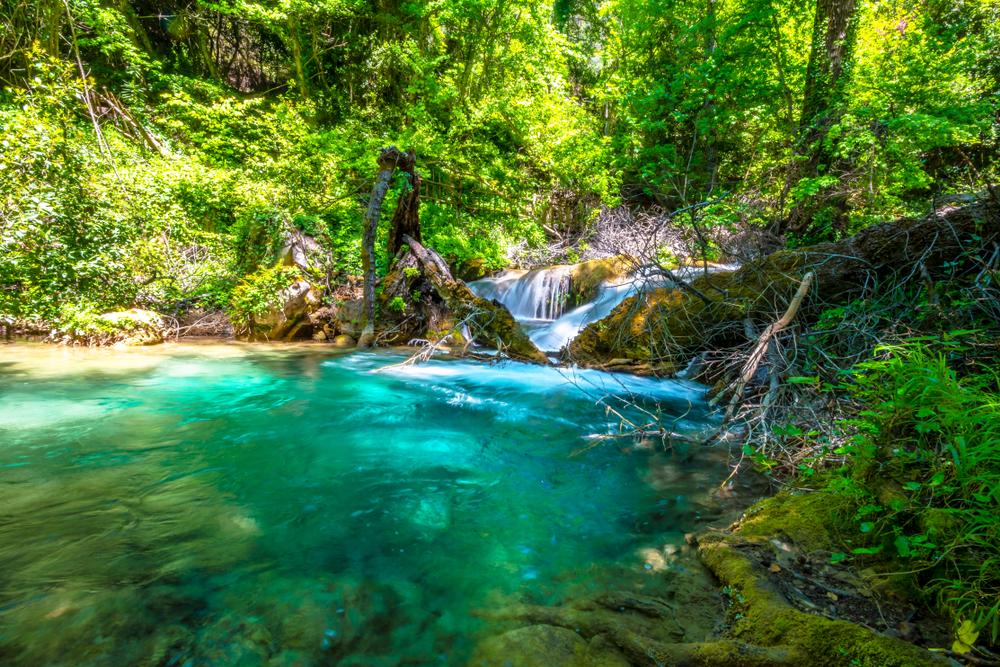
Marmaris National Park
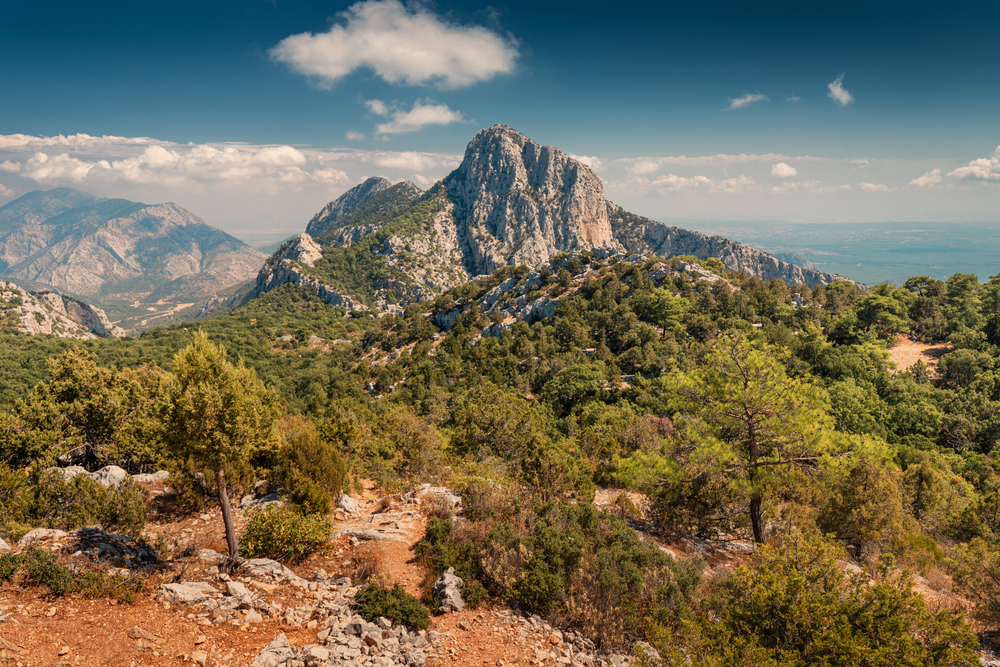
Mount Güllük–Termessos National Park

Lake Beyşehir National Park
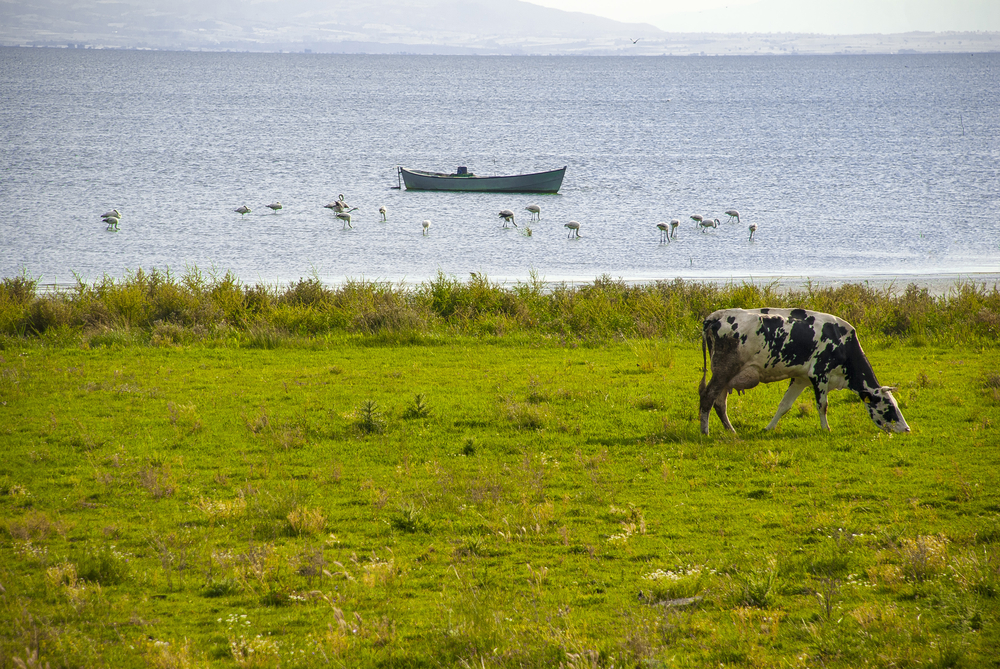
Kuşcenneti National Park
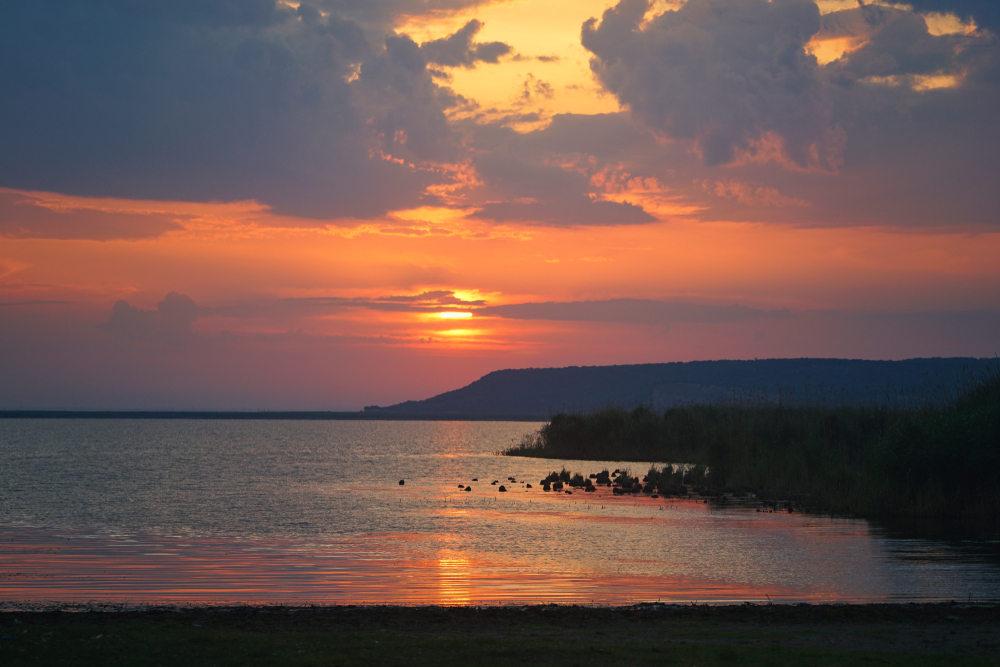
Lake Gala National Park
